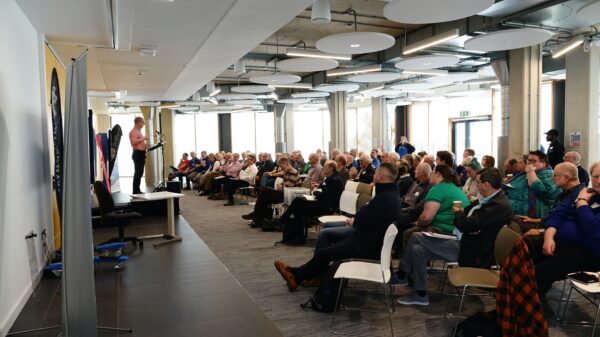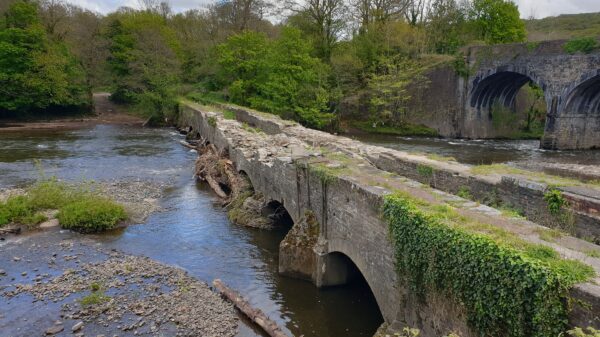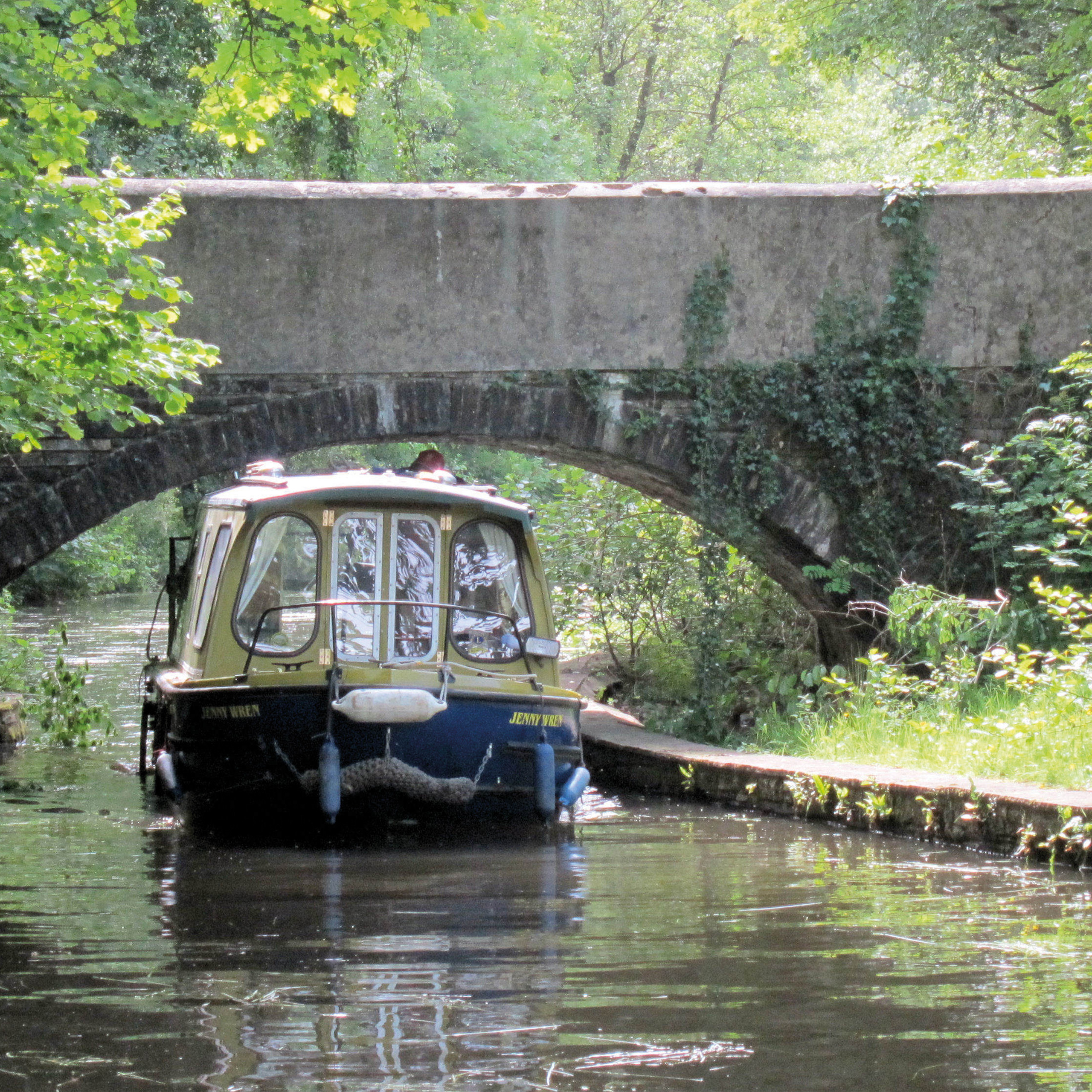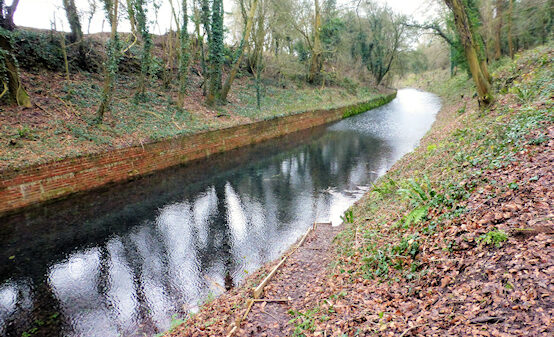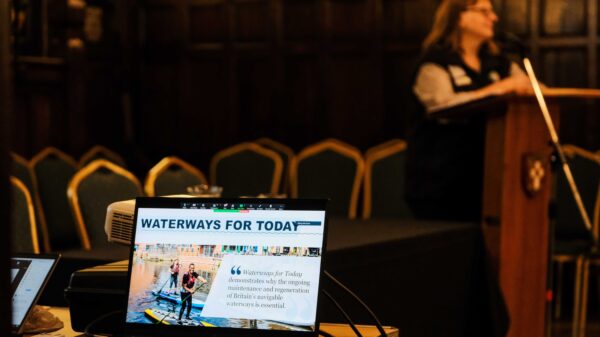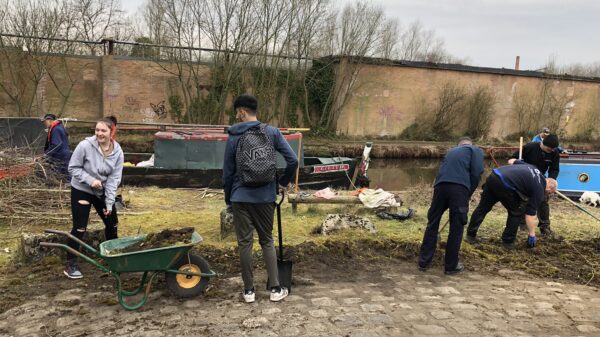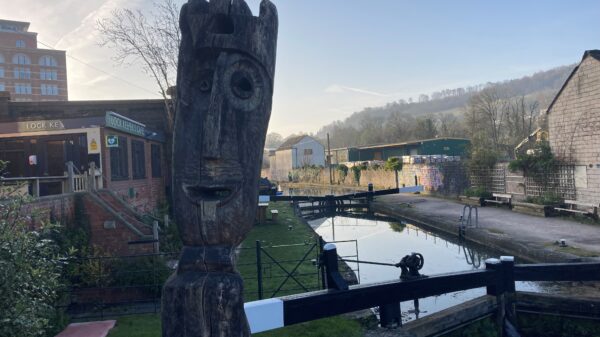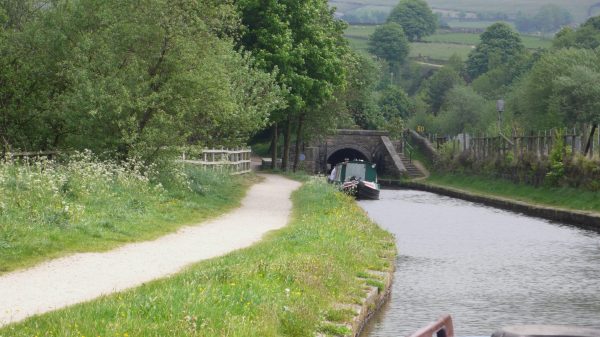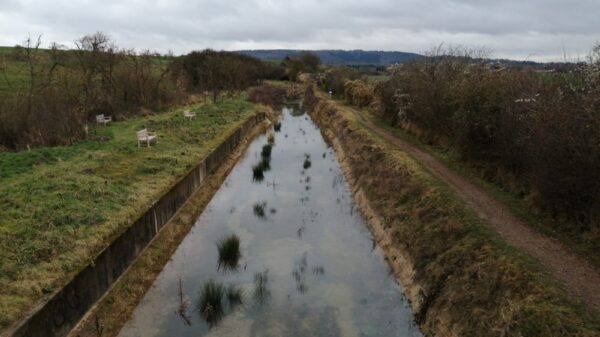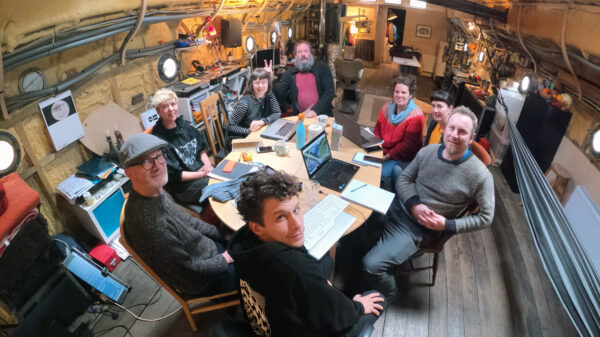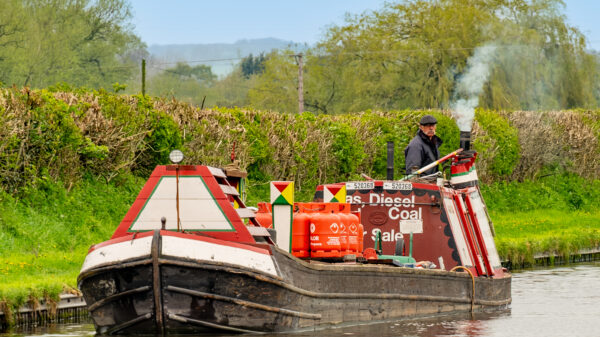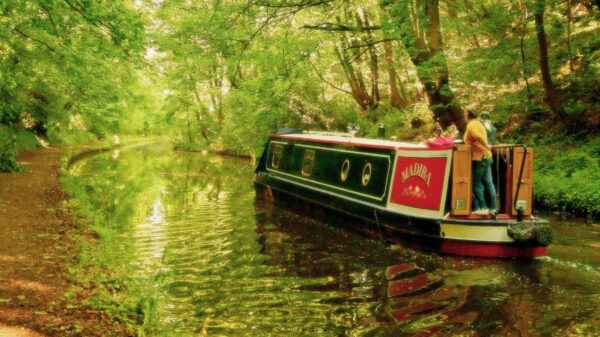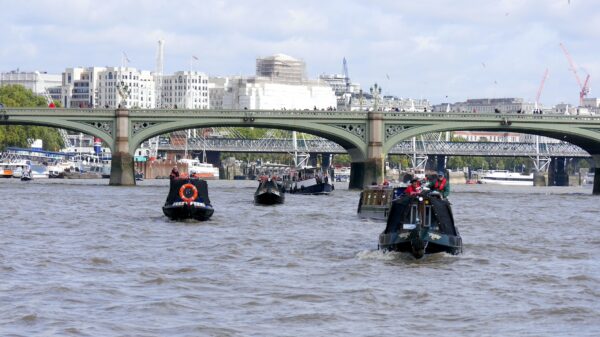After becoming derelict in the 1930s, restoration began on the waterway in 1969. Now, about 50% of the canal’s 35 miles have been returned to navigation and the towpath has also been brought back into use. Most of the canal is a Site of Special Scientific Interest and in Wales it is a Special Area of Conservation. However, thanks to a 2005 conservation management strategy, these precious habitats continue to be protected, even as the waterway welcomes increasing boat and visitor numbers. Restoration to date has included the creation of off-line nature reserves to safeguard wildlife and rare water plants when sections of the canal are reopened to traffic. These have become an attraction in
their own right.
Meanwhile, the built heritage – an integral part of the restoration – has also been rejuvenated. Currently 25 of the canal’s 28 locks have been restored and many of its bridges, aqueducts, warehouses and other structures have been conserved although more remains to be done.

